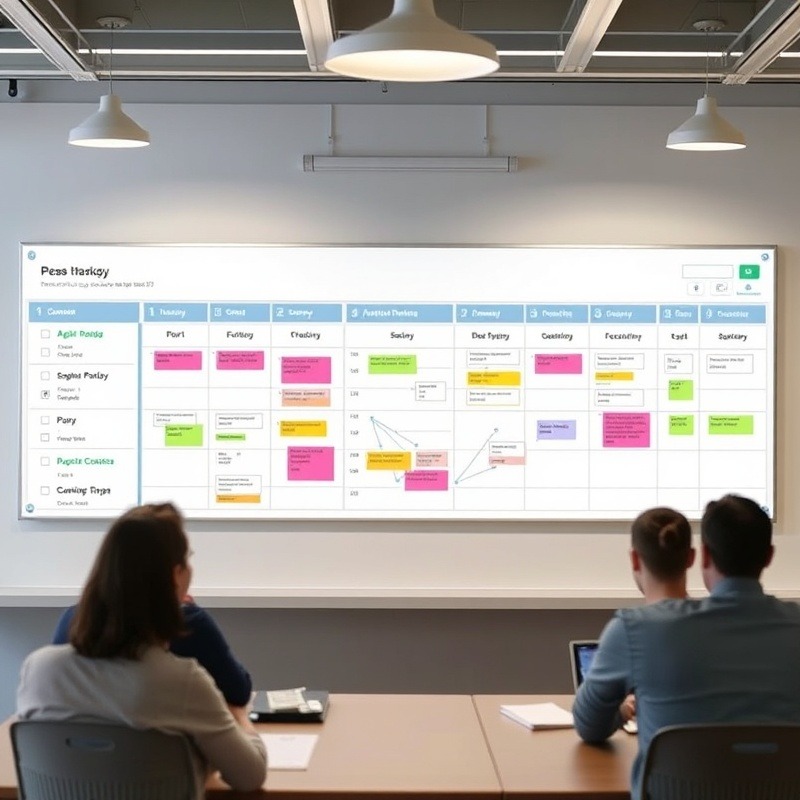
The Unique Journey: From Amazon Tribes to Agile Leadership
In an inspiring fusion of culture and modern business, Gaëtan Belbéoc’h draws on his transformative journey from the heart of the Amazon jungle to leading Agile teams. By living among the Yanomami and Marubo tribes, Belbéoc’h learned crucial lessons that would later rejuvenate a faltering corporate project. Imagine attempting the challenging shift from serene tribal life to the pressures of managing a complex digital initiative—it’s a leap few would dare.
A Turning Point for a Struggling Project: Implementing Tribal Techniques
The corporate project at hand had seen a decade of setbacks, with numerous attempts failing to get off the ground. This digital publication platform dealt with numerous issues, including fragmented teams and a top-down approach to decision-making that stymied progress. Utilizing his experiences in the Amazon, Belbéoc’h incorporated principles of autonomy, inclusive decision-making, and cultural guardianship into Agile teams in France. These lessons invigorated team dynamics, allowing members to take ownership and align towards shared objectives.
Applying Tribal Lessons to Agile Practices
Belbéoc’h’s new approach revolved around embedding tribal values into Agile methodologies. Concepts such as autonomy and self-responsibility encouraged team members to tackle small obstacles independently, improving efficiency. The tribal practice of inclusive decision-making found its place in cross-functional discussions, ensuring feature teams could autonomously stay aligned with collective goals. Rituals and role rotations during retrospectives became norms, encouraging open dialogue and conflict resolution. Furthermore, identifying 'cultural champions' within teams maintained a strong adherence to core Agile principles.
The Impact of Cultural Guardianship: Success Through Tribal Principles
By weaving these tribal-inspired insights into Agile frameworks, the project saw a remarkable turnaround, evolving from a series of failures into a heralded success story. Teams felt empowered by newfound autonomy and shared responsibility, evident in their ability to meet deadlines and exceed performance expectations. The project's transformation highlights how innovative thinking, rooted in ancient wisdom, can drive profound changes in modern organizational practices.
Future Predictions and Trends
Looking forward, the integration of cultural insights into Agile practices is likely to gain momentum. As businesses seek unique ways to cultivate creativity and team cohesion, lessons drawn from cultures such as those in the Amazon can offer valuable blueprints. This approach not only enhances team dynamics but also paves the way for sustainable long-term improvements.
Knowing This Could Transform Your Approach to Leadership
Understanding and applying tribal leadership methods can empower leaders to foster an environment centered around agility, autonomy, and resilience. This knowledge is pivotal not only in perfecting ongoing projects but also in pioneering future initiatives. By appreciating the value of culture in shaping leadership practices, organizations can create environments where teams thrive and innovation flourishes.
 Add Row
Add Row  Add
Add 




Write A Comment